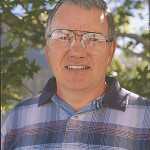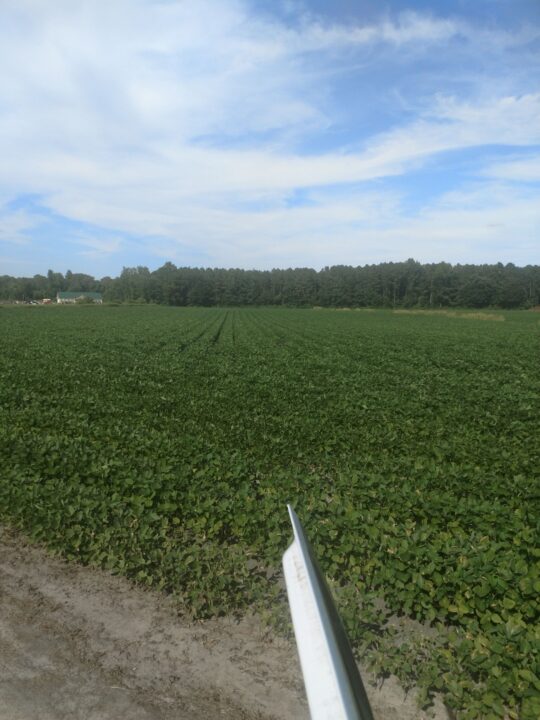Tips On Cutting Potato Seed Tubers
I sent out a question to my fellow potato scientists via a potato discussion forum a couple of weeks ago. My question was: Does anyone out there have any information on the early days of seed cutting? The responses I got were very interesting, to say the least.

Phil Nolte
According to the earliest references I was able to find, the cutting of tubers to make seed pieces was already a common practice in some societies prior to 1663. (Many thanks to Dr. Peter Harkett for sharing the historical portion of the literature review for his Ph.D. thesis.) This means that seed potato tubers have been cut and planted by some portion of the people who cultivate potatoes for more than 300 years!
In most of Europe, of course, the use of uncut tubers for seed is favored while here in the U.S. and Canada we use cut seed almost exclusively. I haven’t been able to figure out exactly when the dichotomy between North America and Europe occurred but Dr. Harkett’s literature review states that, “The use of cut seed became widespread in the USA, Canada, and parts of southern Europe during the first half of the 20th Century.”
The Risk Involved
Cutting tubers into seed, as common as the practice is, still involves risk, because of the massive wounds that are inflicted on the tubers during the cutting process. These wounds need to heal or “suberize” properly or stand loss and subsequent yield and quality losses can result. In some production regions, the practice of storing the cut seed for a period of time to allow healing to occur before planting is a recommended, even a necessary, practice.
The healing of cut seed has three basic requirements: proper temperature (50°-55°F), oxygen (high airflow in storage), and high relative humidity (90%-plus). Seed piece treatments effective against Fusarium dry rot and late blight are highly recommended for those attempting to heal cut seed. It is also highly recommended that seed and soil temperatures be as closely matched as possible during planting. The worst- case scenario is the placement of cold seed into warm, moist soil. The resultant condensation on the seed can lead to soft rot decay problems.
Speaking of seed piece treatments, one of the responses to the need to protect those freshly created wounds was the development and the rise of the potato seed piece treatment industry. From the early days of formaldehyde and mercury treatments, through the development of effective dust treatments, to the modern era characterized by liquid seed treatments carefully metered by precision equipment, the seed treatment industry plays a vital role in potato production.
The alternative to cutting seed tubers is to plant them whole, like our neighbors in Europe, without cutting them. Such seed tubers are referred to by a variety of names such as “whole seed,” “single drop seed,” “one-drop seed,” etc. In the U.S. and Canada, planting whole seed is a recommended practice for problem situations such as fields or production areas that have a history of issues with soft rot seed decay. Use of whole seed is also highly recommended for organic producers who don’t have access to most of the effective seed piece treatments available for conventional producers.
There is no question that bad things can happen when you cut seed tubers into pieces. One thing is absolutely certain: The practice has been with us for a very long time and is likely to continue to be the way we do things into the foreseeable future.










